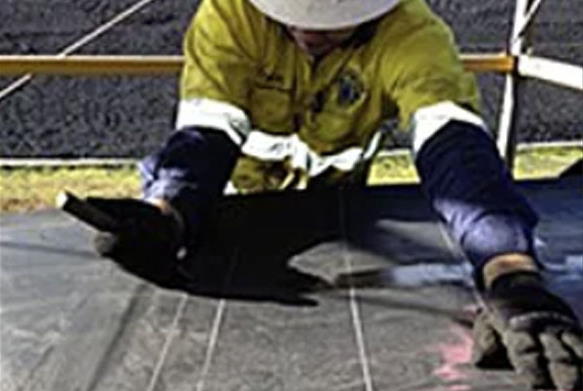Belt Splicing Standard

The process of joining the belt materials is called splicing.
A lot of preparation goes into combining the layers of belt to ensure that they are strong and durable in transporting the ore from various crushers and stockpiles to the mills.
The following workplace competency standards have been identified and prepared by industry people and represent different levels of skills and knowledge required to work within the Office Administration sector of Papua New Guinea.
Level 1
- MBS 101 Work Safely
- MBS-102 Communicate In The Workplace
- MBS-103 Achieve Work Outcomes
- MBS-104 Process And Record Information
- MBS-105 Use Of Hand And Power Tools
- MBS-106 Use Of Measuring Tools
- MBS-107 Identify Conveyor Components
- MBS-108 Engineering Drawings
- MBS-109 Manual Handling
- MBS-110 Work Safely With Industrial Chemicals And Materials
Level 2
- MBS-201 Organise On Site Work
- MBS-202 Flame Cutting Basic
- MBS-203 Manual Metal Arc Welding Basic
- MBS-204 Calculations
- MBS-205 Repair Conveyor Belt Covers
- MBS-206 Repair Conveyor Belt Carcass
- MBS-207 Splice Fabric Ply Conveyor Belts
- MBS-208 Splice Steel Cord Conveyor Belts
- MBS-209: Layup Rubber Lining - Lag Pulleys
- MBS-210 Operate Portable Vulcanising Equipment
Level 3
- MBS-301 Remove And Replace Conveyor Belts
- MBS-302 Operate Hand Held Air Or Power Equipment For Production Processes
- MBS-303 Prepare Surfaces Coating
- MBS-304 Apply Liquid Surface Coatings
- MBS-305 Follow OHS Procedures While Working Safely With Chemicals
- MBS-306 Conduct Lifting Operations